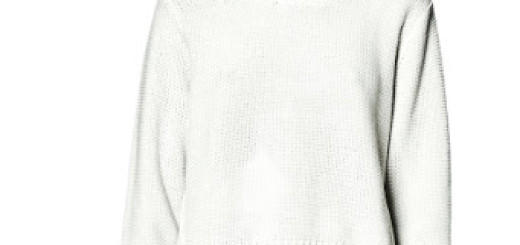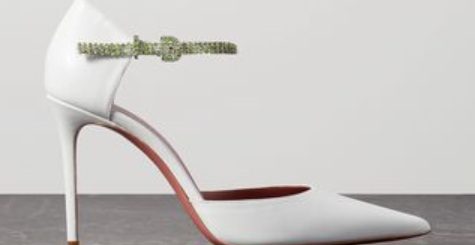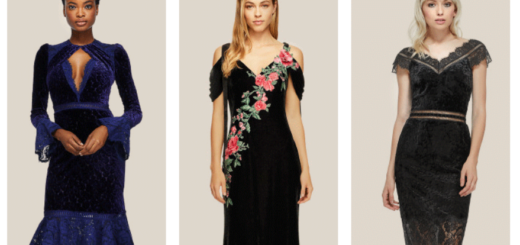Dior Spring Summer 2022
It would have been a waste of time not to obtain Maria Grazia Chiuri’s opinion to the new year’s favourite talking point: the metaverse. She is always so passionate about workmanship and the human touch. “No, I don’t,” she says. “I’m not,” she stated emphatically. “At this time, I’m not interested; it’s more necessary to talk about humanity.” I’d like for us to be more united and supportive of one another, as well as place a higher emphasis on labour. I’m perhaps a bit old-fashioned, but I’m more interested in the genuine article. I’d rather hang out with genuine folks.”
Her Christian Dior collection was a bet on human interaction. Without making any direct references, Chiuri focused on the masterful but sometimes hidden constructions that are specific to haute couture clothing, which are handcrafted by a team of professionals. She demonstrated the distinction between said architecture and the surface ornamentation that people often mistake it for using a crystallising palette of black, white, and greys. “The skill with which [a garment] is finished is undervalued. “It’s almost as if needlework is merely cosmetic, as if it isn’t truly a part of the creative process,” she explained.
Chiuri showed her point in the studio during fittings a few days before the presentation. A long ecru cashmere cloak was stitched together with embroidery rather than basic stitching, so the entire shape appeared to be knitted in one piece. She showed how a guipure-like embroidered breastplate in silk crepe with silk cord threads was actually part of the structure of a long black silk cady dress, rather than a decorative feature as a layperson might think. She also created the eye-catching geometric draw-string jumpsuit with crystal and jet tubing that began the show to highlight how embroidery can create an entire silhouette.You’d have no idea this was Chiuri’s premise for the collection if you watched it live, which just served to illustrate her argument. To emphasise her concept, she draped the exhibition space in the Musée Rodin’s courtyard in highly graphic, exquisite embroidered tapestries designed by Madhvi and Manu Parekh and hand-made by Chanakya, an Indian school of crafts that educates women in generational trades such as specialised needlework. The 340-square-meter installation, which will be exposed to the public as an ephemeral art display from January 25 to 30, required 380 artists 280,000 hours to embroider.




